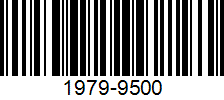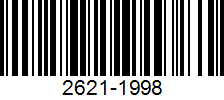Code-Mixing Used by Najwa Shihab and Maudy Ayunda in the Youtube Video Entitled "Catatan Najwa Bersama Maudy Ayunda"
 DOI:
DOI:
https://doi.org/10.32678/loquen.v16i2.9219
 Abstract viewed : 256 times
|
Abstract viewed : 256 times
|  pdf downloaded : 217 times
pdf downloaded : 217 times
Keywords:
Code-Mixing, Sociolinguistics, YouTube PodcastAbstract
Abstract: As a communication tool, language is more focused on its function to facilitate communication between speakers and speech partners so that language plays a key role in people's lives. By understanding sociolinguistic principles, every speaker will realize how important it is to be precise in choosing language variations according to the social context, in addition to grammatical structural correctness. However, young people are more likely to use Code-Mixing between Indonesian and English, considering that the use of these two languages is a trend. This research aims to analyze the use of Code-Mixing Used by Najwa Shihab and Maudy Ayunda in a YouTube video entitled "Catatan Najwa Bersama Maudy Ayunda". This research method uses the research method used by the author is a qualitative descriptive method, which describes the data collected and analyzed. The data collection technique used in this research is through documents which are formal records, books, articles and other information materials that are related to problems or archives. Based on the research results, it can be explained that Maudy Ayunda uses Code-Mixing more often than Najwa Shihab. Maudy Ayunda used 69% code switching and 73% code mixing while Najwa Shihab used 31% Code-Switching and 27% Code-Mixing. The reality is that Maudy Ayunda uses code-switching and Code-Mixing more often because she is a guest speaker invited by Najwa on her YouTube channel so that Maudy speaks more than Najwa Shihab. In addition, Maudy Ayunda has a background where she studied abroad at Stanford University, which makes her usually speak English, resulting in the phenomenon of Code-Switching and Code-Mixing.
Downloads
Downloads
Published
Issue
Section
License
Copyright (c) 2023 Purnama Rika Perdana

This work is licensed under a Creative Commons Attribution-ShareAlike 4.0 International License.




















